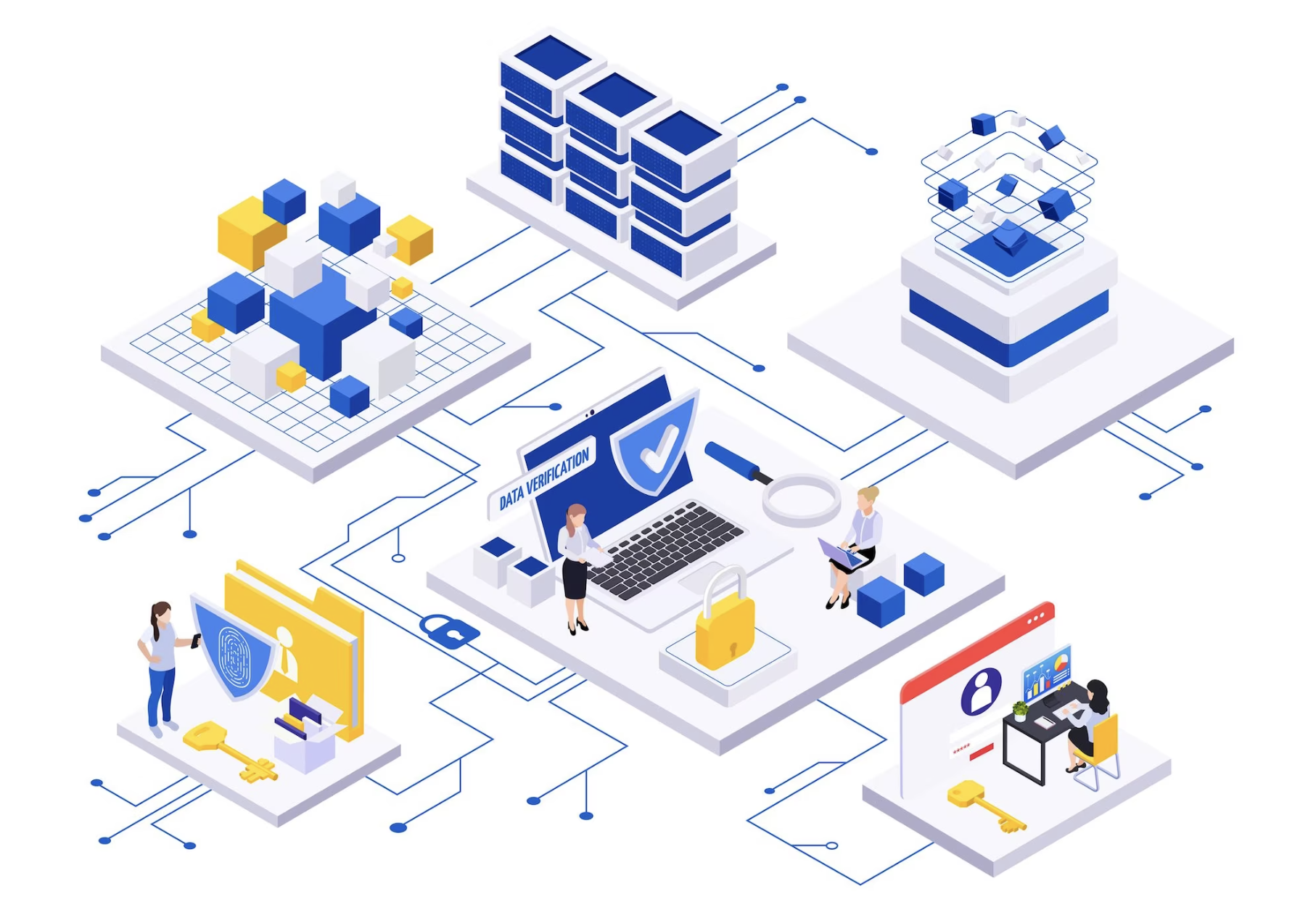
Components of Electronic Data Interchange (EDI)
EDI or Electronic Data Interchange, is the secure, automated exchange of electronic documents between trading partners using a standardized format that enables computer systems to communicate with each other. (Read our previous blogs on EDI here: What is Electronic Data Interchange (EDI)? and Why do you Need EDI and APIs?)
The significant components of EDI are
- Standard document format.
- Translation and mapping.
- Preferred communication method, and
- Communication network to send and receive documents.
Standard document format:
EDI has too many standards and versions. This could limit smaller businesses in trading with larger organizations that use an updated version of a document standard. Here are some of the standards:
- ANSI X12
- EDIFACT
- TRADACOMS
- VDA
- RosettaNet
- ODETTE
- HL7
Therefore, it is essential to pick a supplier who supports a variety of standards and who agrees to follow any new protocols that emerge in the future. Because EDI standards are integrated into all-in-one systems like OpenText Freeway Cloud, there is no longer any need to be familiar with every standard.
Due to its strict uniformity, EDI has been the subject of some of the most frequent criticisms from those in the technology industry. But it was precisely this uniformity that made EDI endure for so long and help businesses adopt it as a way of life. B2B data exchanges become challenging to scale and sustain in the absence of standardization.
Translation and mapping:
The procedures of converting EDI documents from one format to another and mapping the data elements from one format to another are called EDI translation and mapping. A sample of EDI conversion and mapping can be seen here.
Consider a business that communicates with its trading partners using the HL7 EDI standard to transmit and receive sales orders. However, one of their business associates utilizes an alternative EDI standard known as ANSI X12.
The business must convert its HL7 purchase order into the ANSI X12 format in order to trade sales orders with this trading partner. Additionally, they must map the HL7 format’s data components to their equivalents in the ANSI X12 format.
The EDI translation and mapping process might involve the following steps:
- Extract the sales order data from the HL7 document.
- Translate the data elements into the corresponding ANSI X12 format.
- Map the data elements from the HL7 format to the ANSI X12 format. For example, the “buyer” field in the HL7 sales order might need to be mapped to the “recipient” field in the ANSI X12 sales order.
- Generate the ANSI X12 sales order document.
Once the ANSI X12 sales order is generated, it can be sent to the trading partner using the appropriate communication protocol and transmission method.
EDI translation and mapping can be performed manually or using specialized software tools. By automating the process, businesses can reduce the risk of errors and improve the efficiency of their EDI operations.
Communication method:
Electronic Data Interchange (EDI) is one of the most common forms of electronically structured exchange of business documents between organizations. There are many different types of EDI and a range of methods to enable EDI in the trading community. Whether you are new to EDI or expanding your existing EDI infrastructure to support various trading partners around the world, there is a way to use EDI that fits your business needs, technical capabilities, and budget. Many large companies use hybrid EDI solutions to connect their trading partners, depending on their transactions’ size, importance, and frequency.
Here are some of the communication methods:
- Direct EDI/ Point to Point
- EDI Via VAN
- EDI via AS2
- Web EDI
- Mobile EDI
- EDI outsourcing
Communication network to send and receive documents:
Unless the trading partners are using a VAN, the computers of both parties must use the same protocol in order to communicate
EDI internet transmission protocols include
- Secure File Transfer Protocol (SFTP),
- Applicability Statement 2 or AS2,
- HTTPS-based protocol,
- Simple Object Access Protocol (SOAP),
- File Transfer Protocol(FTP) and others.
FTP:
File Transfer Protocol relies on SSL/TLS encryption, however, SSL version 3.0 is disabled in supported browsers.
SFTP:
File Transfer Secure Protocol is an extension of FTP that adds support for the Transport Layer Security (TLS) and the Secure Sockets Layer (SSL) cryptographic protocols.
Sftp relies on the SSH protocol for secure remote logins.
AS2:
provides digitally-signed electronic receipts through MDNs (Message Disposition Notifications).
HTTP: HyperText Transfer Protocol is used to request and transmit files over the internet on web pages and components. It enables an exchange of data with HTTP-enabled servers.
What does an EDI Document contain?
EDI documents consist of data elements, segments, and envelopes formatted according to the rules of a particular EDI standard.
EDI uses structured document formatting through which developers build solutions following the specifications provided by the company or trading partner. Typically, EDI is independent of a company’s internal application systems. EDI formats consist of interrelated document components. The core components are listed below:
Segment — Business document data logically grouped with one or more data elements.
Data Element — Basic units of information containing a set of values that represent a singular fact.
Delimiter — Unique character that separates individual data elements.
Segment Terminator — Unique character that identifies the end of a segmented string.
Loop — A section or group of segments that can repeat within one document instance.
Stay tuned for Part four of Integrating EDI using IPAAS.
Want to learn more about the EDI and API methodologies to transfer business data? Set up a consultation with us today!









